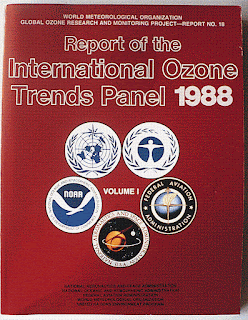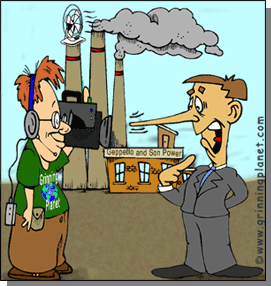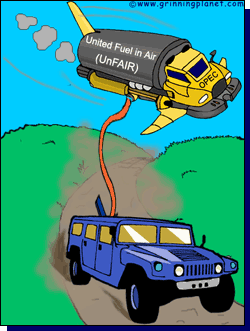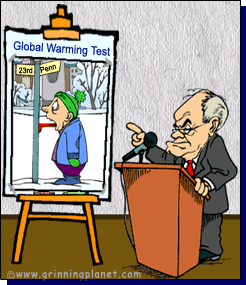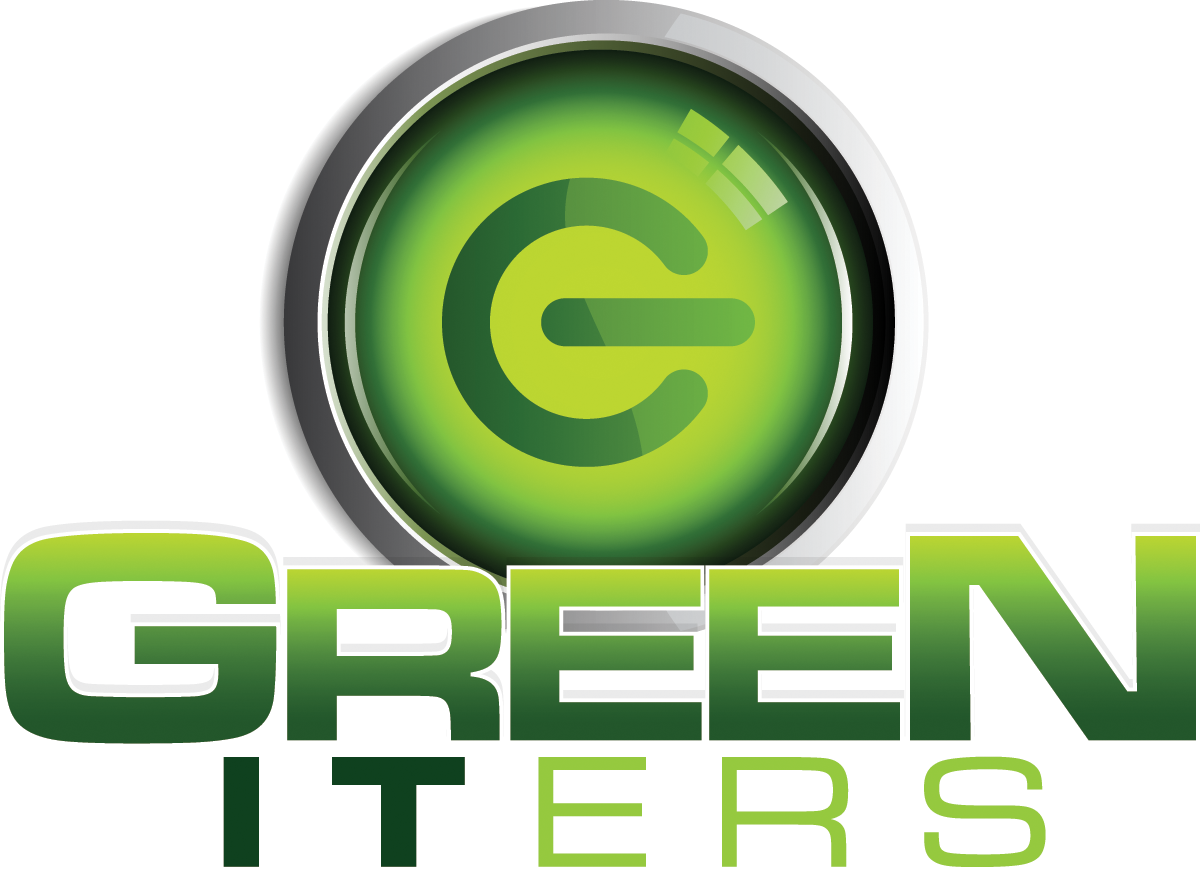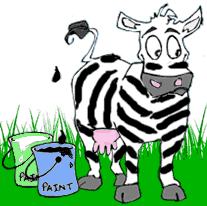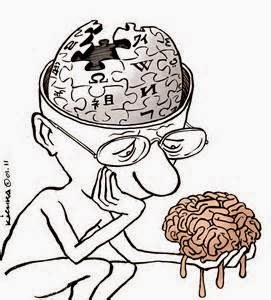Hi
Here are some interesting facts about pollution, with the emphasis on air and water pollution.
1.Air and water pollution are two the most talked about forms of pollution.
2.The rapid environmental pollution of our planet started with the industrial revolution.
3.Fossil fuels power plants are the main reason for excessive air pollution in many parts of the world.
4.Indoor air pollution is even bigger problem than the outdoor air pollution because according to the data from the World Health Organization indoor air pollution has caused more deaths than outdoor air pollution.
5.More than 15,000 people in the world die each day because of water pollution.
6.More than billion people in the world lack access to safe drinking water.
7.Renewable energy is the key in stopping environmental pollution, together with developing environmental conscience that is. As long as fossil fuels remain dominant sources of energy we will not be able to stop the ever-growing pollution that is happening almost everywhere in our planet.
8.Air pollution is particularly serious issue in China's cities such as Beijing and Shanghai but some U.S. cities like Pittsburgh and Los Angeles are also struggling with excessive levels of air pollution.
9.The pollution is usually much worse in developing countries compared to developed countries, mostly because these countries lack basic funds to tackle pollution.
10.California has serious air pollution problem, mostly because of high traffic. It is estimated that around 60 million people in California live in areas affected with air pollution.
11.Long-term exposure to air pollution causes heart and lung damage.
12.Air pollution is major contributing factor to acid rain formation.
13.In United States around half of million deaths are each year attributed to air pollution.
14.It is estimated that air pollution each day kills three people in the city of Hong Kong.
15.Air pollution also contributes to soil and water pollution.
16.Some studies have confirmed that long-term exposure to air pollution can cause lower IQ in children.
17.The number of cars on our roads is expected to significantly grow in years to come; more cars will mean even higher levels of air pollution.
18.Smog is one of the worst forms of air pollution. It is mostly created by fossil fuel power plants (coal burning).
19.India is among countries worst affected with water pollution. This is because 80% of India's urban waste ends up in rivers such as Ganges.
20.China is world's biggest emitter of carbon dioxide, followed by United States.
21.Water pollution if not stopped could soon lead to serious water shortage in many parts of the world. We must not forget that only 3% of water on our planet is freshwater.
22.The quality water-filtering system is good way to protect yourself from water pollution as much as possible, especially multi-layered home water filtering system.
23.The industry is the main culprit behind the global water pollution issue. This is because there are many industries that not obey the rules about dumping waste which results in polluted rivers and other water bodies.
24.It is estimated that there are between 2.5-3 billion people in the world living without the adequate sanitation systems.
25.Waste water and sewage waste are the main source of different water pollutants which enter our rivers and other water bodies. It has been estimated that world at this moment generates more than 4 billion tons of industrial waste per year.
26.One of the most dangerous forms of water pollution is drinking water polluted with arsenic because arsenic is highly poisonous metalloid. Drinking water polluted with arsenic can lead to cancer and many other diseases.
27.Noise pollution is one of the most neglected forms of pollution despite causing huge environmental damage, especially in oceans. For instance, U.S. still doesn't have some federal body that would regulate noise pollution.
28.Huge oil spills like the recent Gulf of Mexico oil spill are among the worst types of pollution on our planet, particularly because their negative effects last for very long time.
29.Ozone pollution has the potential to become significant contributor to climate change because ozone is very potent greenhouse gas.
30.Ocean acidification is one of the worst types of ocean pollution. Our oceans are becoming more and more acidic because greenhouse gas emissions from fossil fuels burning are constantly rising.
 "1 UNhappy client who
"1 UNhappy client who


































